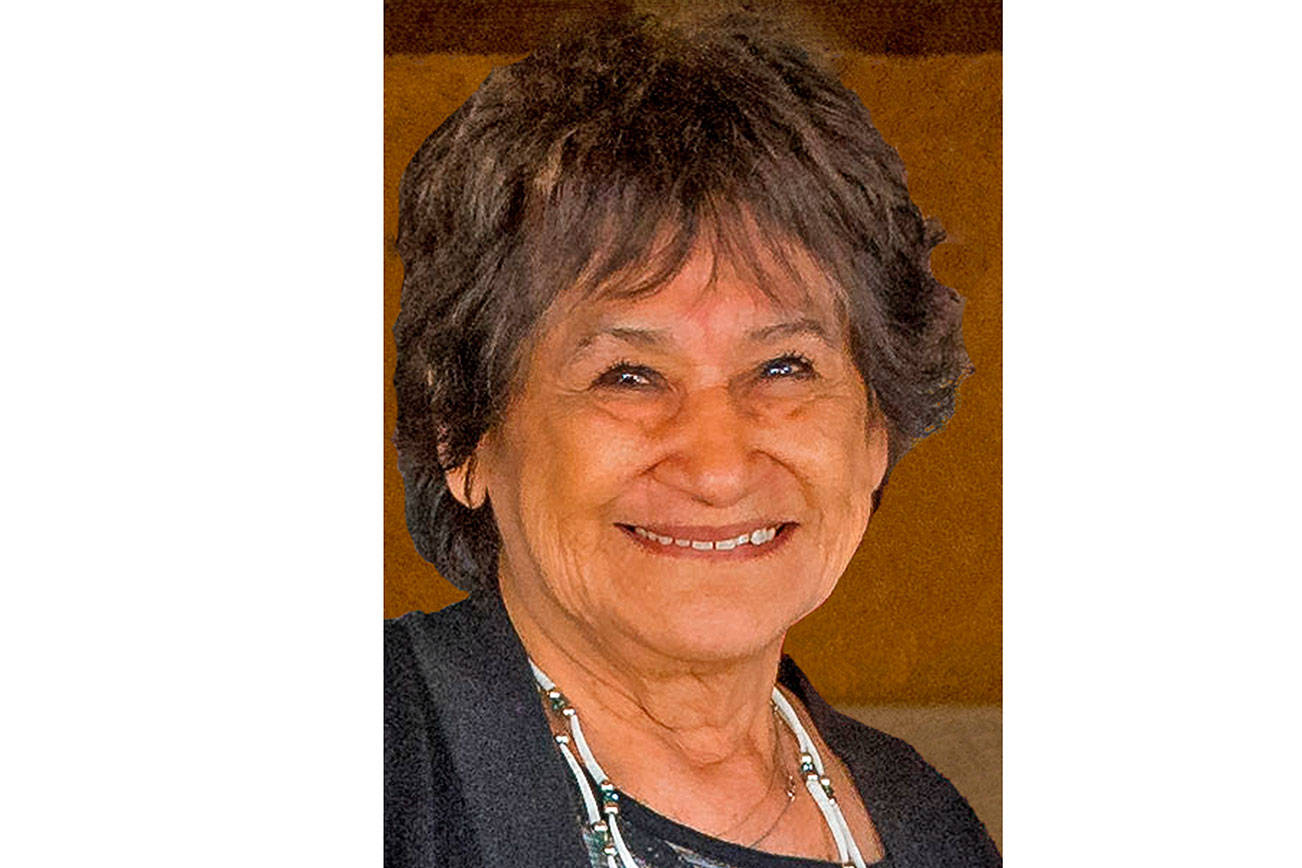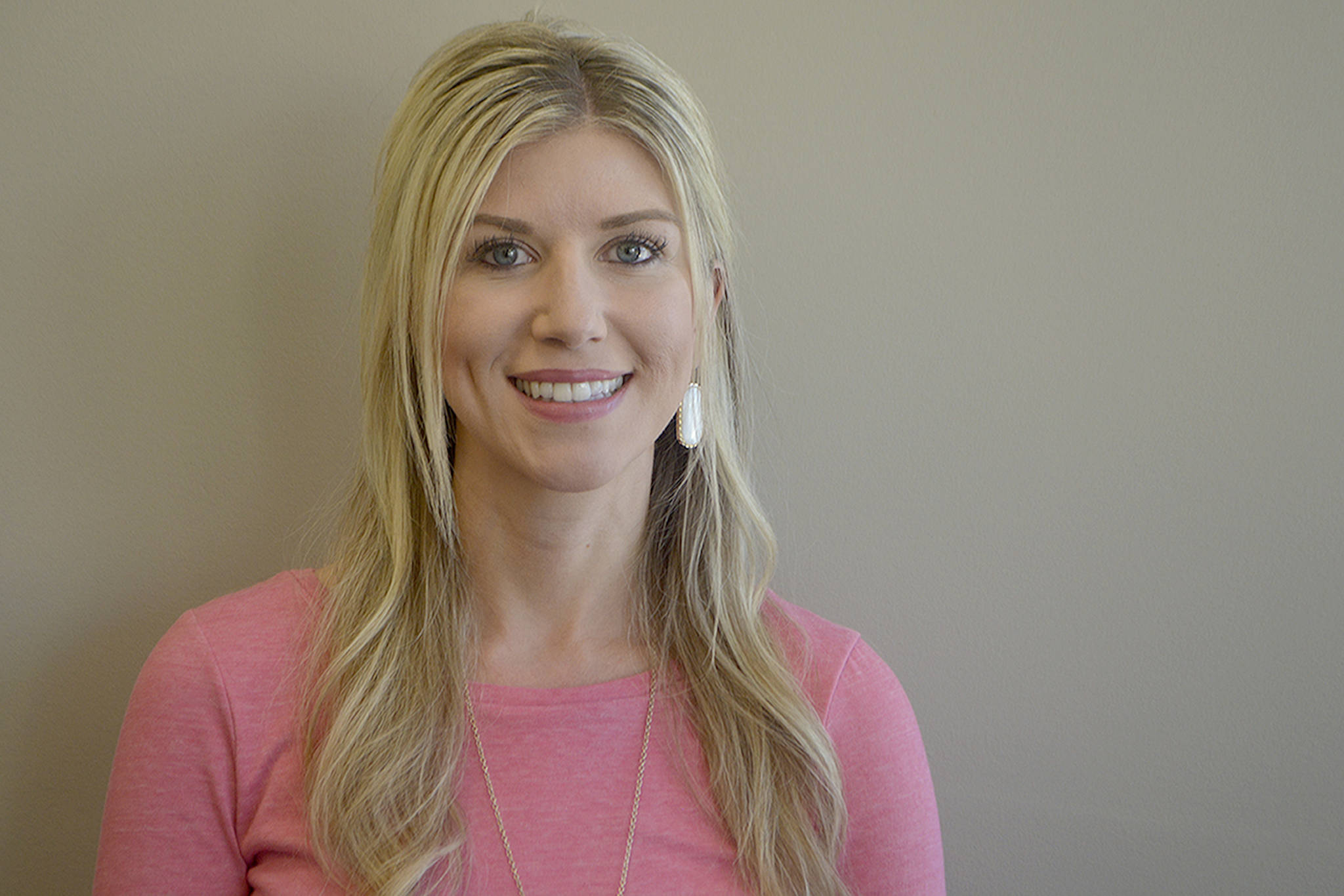by Billy Frank Jr.
Cooperative natural resources co-management at its best was displayed during this year’s North of Falcon process for setting Indian and non-Indian salmon fishing seasons in western Washington. The results were protection of weak wild stocks and more fishing opportunity for everyone. We were able to once again fairly share the burden of conserving weak stocks while also sharing harvest opportunity where it exists.
Tribes modified their fishing schedules to provide more saltwater mark selective sport salmon fishing opportunities for adipose fin-clipped hatchery chinook throughout Puget Sound. Additional freshwater angling for coho in the Nooksack River, chinook in the Skagit and Nisqually rivers, and pink salmon in the Green River were also made available by the tribes.
Meantime, the Stillaguamish Tribe will conduct a small ceremonial and subsistence fishery for chinook — the first in about 20 years.
It’s important to remember that tribal and state salmon co-management isn’t optional. We have to work together. It’s the law under U.S. v. Washington (the Boldt Decision).
One of the ways we are able to cooperate successfully is that the state of Washington has empowered its representatives in the Department of Fish and Wildlife to negotiate and develop joint fishing plans with the tribes. That kind of effort requires a professional staff — experts in fisheries management — that has been given the legal authority to work with the treaty tribes.
That’s one of the reasons why — with the state’s budget in shambles — we worked with WDFW to modify its monitoring program for this year’s expanded mark selective fisheries. Many anglers are calling this a watershed year in the expansion of mark selective sport fisheries for adipose fin-clipped hatchery salmon.
We were able to expand monitoring of these fisheries, while controlling costs and ensuring that reliable estimates of mark selective fishery impacts are timely. These estimates are critical to helping us plan for next year’s fisheries.
We believe mark selective sport fishing is a management tool that can, under the right circumstances, be used provide additional sport fishing opportunity.
More than half of all sport fisheries in Puget Sound are mark selective, in which anglers must release non-clipped wild salmon, some of which die after being hooked, played and released. Mortality estimates can range upwards of 20 percent depending on the location of the fishery, weather and wave conditions, the age of the fish and other factors.
Mark selective sport fishing is still a new harvest method in this region and as such, needs to be closely monitored to gauge impacts on weak wild salmon stocks. We were able to work with the state more effectively this year because our trust and confidence has grown along with the state’s increased monitoring of these fisheries.
Trust is hard to earn and easy to lose, but it is the key to successful cooperative salmon co-management. North of Falcon is proving just that.
Billy Frank Jr. is the chairman of the Northwest Indian Fisheries Commission.







